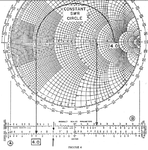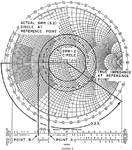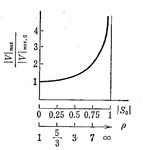CarlosFH
Junior Member level 1
I need to understand how to use these two Smith Chart Scales: 1) S.W. LOSS COEFF and 2) S.W. PEAK (CONST. P).
Could someone help me?
Do you have any example of use?
Thanks in advance.
Could someone help me?
Do you have any example of use?
Thanks in advance.




